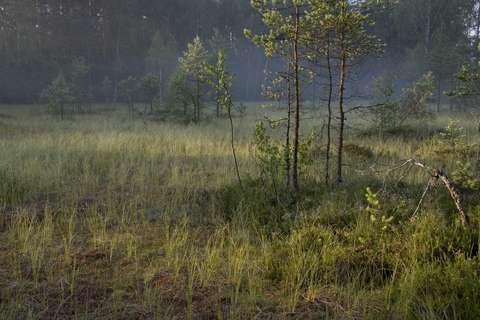Espoo among the first Finnish cities to determine its nature footprint
Nature footprint calculation is a process of analysing the impacts that the operations of a city have on nature and ecosystems. Assessing the nature impacts of the city's operations supports furthering the goals of the Espoo Story.
Natural biodiversity is weakening across the planet. Global overconsumption of natural resources, destruction of habitats, climate warming, environmental pollution and harmful invasive species are the most important causes of biodiversity loss. The nature footprint provides a single indicator for describing the impacts: while the carbon footprint calculation is based on greenhouse gas emissions, the nature footprint calculation also accounts for other causes of biodiversity loss.
“In the same way as the carbon footprint indicates our impact on climate warming, the nature footprint reveals the load caused on biodiversity by a product, company or, in this case, a city, for example,” says Rosa Väisänen, Espoo’s contact person for the project.
Espoo will be among the first Finnish cities to calculate its nature footprint. The nature footprint project will bring together cities throughout Finland to determine the impacts of cities on nature and ecosystems. The main objective of the project is to calculate a comparable nature footprint for each municipality taking part in the project.
The calculation methods used for the project are pioneering, because the calculation will account for the impacts of the city operations on global biodiversity, in addition to local nature. The calculation will provide perspective for assessing harm to nature, because nature impacts have been typically assessed mostly on a local scale. The project results can be used to support decision-making, for example.
The calculation method used for the project is based on the nature footprint indicator developed by the University of Jyväskylä particularly for companies. During the project, the idea is to develop the method to suit the urban perspective and determine the elements that cause the most significant impacts. In addition to Espoo, the cities of Helsinki, Tampere, Vantaa, Turku, Pori, Seinäjoki, Lohja, Ylöjärvi, Kangasala, Riihimäki, Liminka and Kauniainen will be determining their nature footprints through the project. The calculation will be conducted by Sitowise. It will be completed in the summer of 2024.
